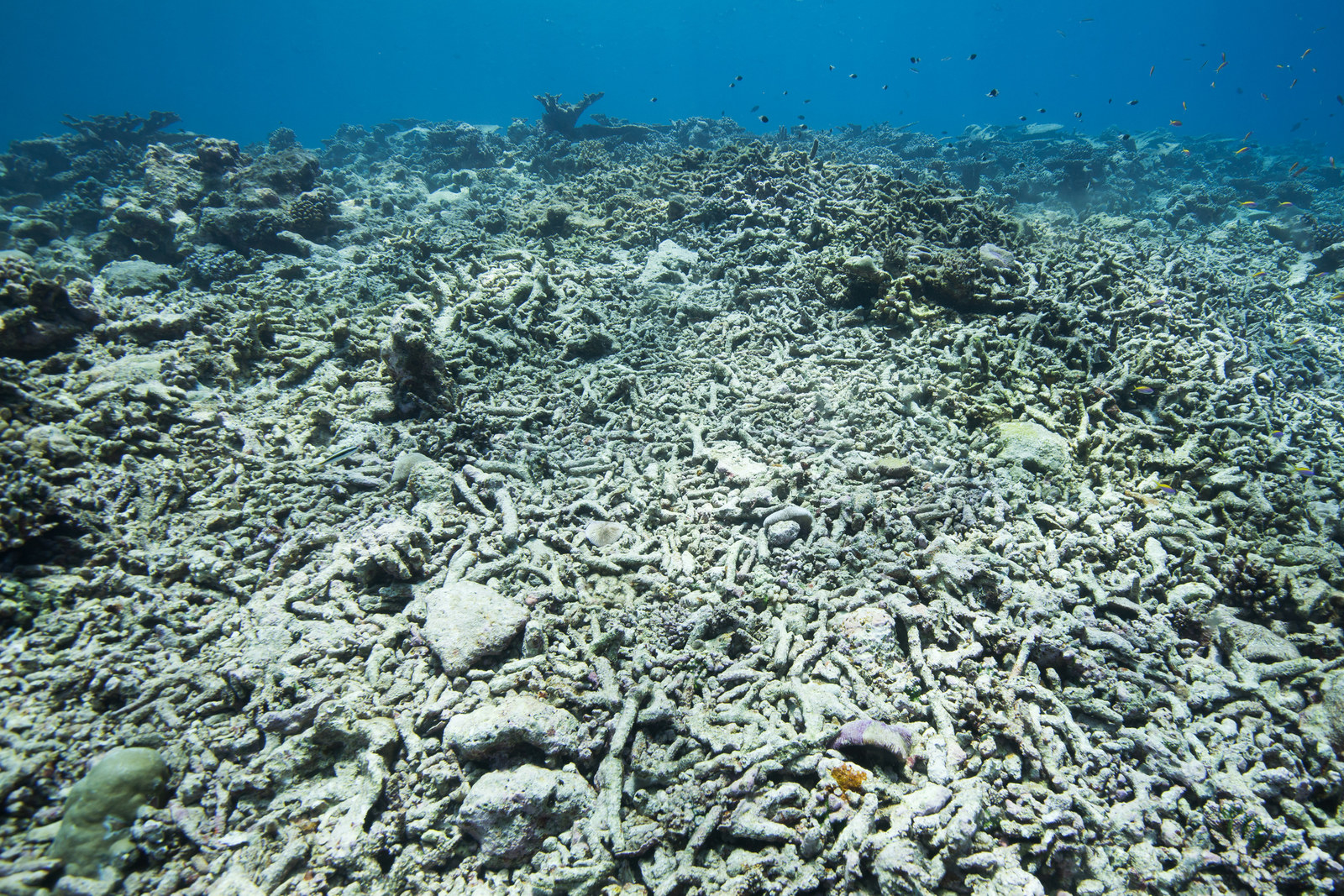What Happens If You Touch Coral
Have you ever been tempted to touch coral while swimming or snorkeling in the ocean? You may think that it's harmless and just a simple touch won't cause any damage, but think again. What happens if you touch coral is not only detrimental to the coral, but also to your own health.
The dangers of touching coral
When you touch coral, you risk damaging the delicate coral polyps which make up the coral. The oils, lotions, and sunscreens on your skin can also harm the coral, leading to a process called "coral bleaching". Coral bleaching occurs when the coral loses its algae, turning it white and making it more susceptible to disease and death. Additionally, some coral species, such as fire coral, can cause painful stings and irritation on your skin.
What happens if you touch coral?
When you touch coral, you may not only harm the coral but also expose yourself to harmful bacteria and viruses that live on the coral. These microorganisms can cause infections, skin irritations, and rashes. In some cases, coral cuts can become infected and lead to more serious health issues.
Main points to remember
Remember that touching coral not only damages the coral, but also exposes you to harmful bacteria and viruses. Coral bleaching, caused by the oils and lotions on your skin, can also lead to further damage to the coral. If you want to protect both yourself and the delicate ocean ecosystem, never touch coral while swimming or snorkeling in the ocean.
My personal experience with touching coral
During a snorkeling trip to Hawaii, I was tempted to touch the colorful coral formations beneath the surface. However, I remembered the warnings from the snorkeling guide and refrained from touching the delicate coral. It was a wise decision because I later saw another snorkeler with a painful red rash on their arm due to touching fire coral.
The importance of preserving coral
Coral reefs are an integral part of the ocean ecosystem and play a crucial role in providing habitats for marine life. They also protect shorelines from damaging waves and storms. With the increasing impact of climate change, pollution, and ocean acidification, it's more important than ever to protect these precious resources. By refraining from touching coral, using eco-friendly sunscreens, and reducing our carbon footprint, we can all help to preserve and protect coral reefs for generations to come.
How to treat coral cuts and stings
If you happen to get a coral cut or sting, it's important to act quickly to avoid infection. Rinse the affected area with clean water and apply an antiseptic solution to disinfect the wound. For pain relief, you can use over-the-counter pain relievers or topical creams. If the wound doesn't heal or you experience other symptoms, such as fever or swelling, seek medical attention immediately.
Question and Answer
Q: Is it ever ok to touch coral?
A: No, it's never okay to touch coral. Always maintain a safe distance from coral and avoid direct contact.
Q: Can I still swim or snorkel near coral reefs without touching the coral?
A: Absolutely! You can observe the beautiful coral formations from a safe distance and still enjoy swimming or snorkeling in the surrounding area.
Q: What is the best way to protect coral while swimming or snorkeling?
A: The best way to protect coral is to maintain a safe distance, use eco-friendly sunscreens, and avoid touching coral or other marine life.
Q: Why is coral so important to the ocean ecosystem?
A: Coral reefs provide habitats for a variety of marine life, including fish, sea turtles, and sharks. They also protect shorelines from erosion and damage from storms and waves.
Conclusion
Touching coral while swimming or snorkeling is not only harmful to the delicate ecosystem of the ocean but can also pose a risk to your own health. By avoiding direct contact with coral, using eco-friendly products, and reducing our carbon footprint, we can all help to preserve and protect these precious resources for generations to come. Remember, the beauty of coral is for everyone to enjoy, but it's up to us to ensure its continued survival.
Gallery
Delicate Corals Bleaching Stock Photo. Image Of Bleached - 54371396

Photo Credit by: bing.com / bleaching corals zerbrechliche
Can Meet Corals Touch Or Be Placed Next To Each Other ? | REEF2REEF
Photo Credit by: bing.com / acanthophyllia corals placed reef2reef routines brightest coloured
What Happens When You Zap Coral With The World’s Most Powerful X-ray

Photo Credit by: bing.com / coral deep powerful most look corals happens when science ray zap laser kqed
Don't Stand On Coral: If You Have To Stand, Stand On Sand!

Photo Credit by: bing.com / coral reef stand alliance archive standing sand if photogallery ambergriscaye
Why You Should Care That Coral Reefs Are Dying

Photo Credit by: bing.com / reefs caused shallow dying corals oceans barrier rotten bleaching jpratt27 causes crash biologist attempted breed killed causing anoxia oxygen occurs